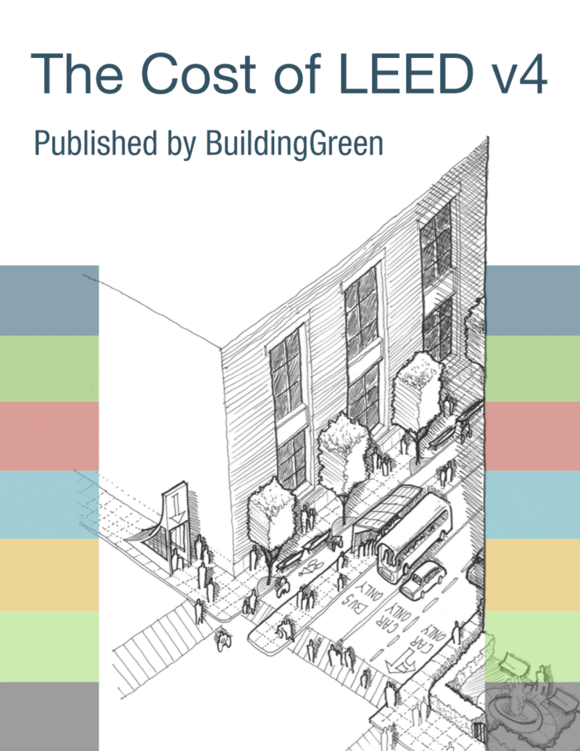Add the following language to the International Tips section:
For projects developed on land that lies within a flood hazard area, meet the requirements of ASCE 24-2014 and all of the following:
1. Heating, cooling, and hot water equipment must be located above the 100-year flood plain height, in a serviceable location that meets the requirements of the manufacturer’s installation instructions and any relevant building codes.
2. Ductwork – including ventilation supply, exhaust, outside air intakes, dryer vents, combustion venting, etc. – must be located above the 100-year flood plain height. If ductwork is needed below the 100-year flood plain height to satisfy code or other LEED requirements, ductwork length should be minimized as much as possible.
3. Electrical service box must be located above the 100-year flood plain height.
4. Any basement circuits must be limited to serving the basement only, to allow for power to be restored to the remainder of the building if the basement has been flooded.
5. Any electric service disconnect must be located above grade, to allow for easy disconnect of power in an emergency.
6. Any propane tanks in the home must be located above the 100-year flood plain height, or must be secured.
7. No carpet may be installed in levels of the home / building below the 100-year flood plain height.
8. Install backflow protection for any drainage piping below the level of the adjoining street. Drainage systems shall be designed such that backflow prevention devices are sufficient for expected surge of a 100-year storm.
9. All buildings and accessory structures (e.g. parking garages, storage sheds) must be anchored to resist flotation, collapse, and lateral movement.


